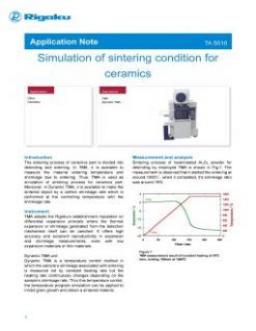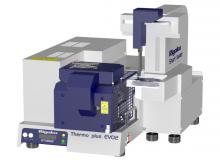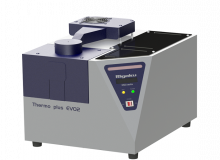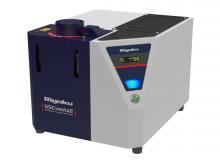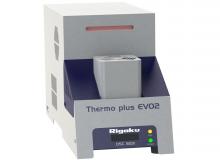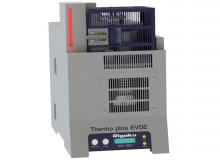The sintering process of ceramics part is divided into debinding and sintering. In TMA, it is available to measure the material sintering temperature and shrinkage due to sintering. Thus, TMA is used as simulation of sintering process for ceramics part. Moreover, in Dynamic TMA, it is available to make the sintered object by a certain shrinkage rate which is performed at the controlling temperature with the shrinkage rate.
Thermal analysis products from Rigaku
TG-DTA is a hyphenated technology generally referred to as simultaneous thermal analysis (STA).
Quantifies the energy changes in reactions such as melting, transition, crystallization and glass transition temperature.
TMA is the measurement of a change in dimension or mechanical property of the sample while it is subjected to a controlled temperature program.
The compact humidity generator (HUM-1) is connected to the TG-DTA for measurements under constant relative humidity water vapor atmosphere.
TMA/HUM measures change in dimension or mechanical property of a sample while subjected to a temperature regime under water vapor atmosphere with a constant relative humidity.
In TG-FTIR, gases evolved by volatilization or thermal decomposition are qualitatively analyzed, which allows you to track changes in the generated amount along with the temperature change.

